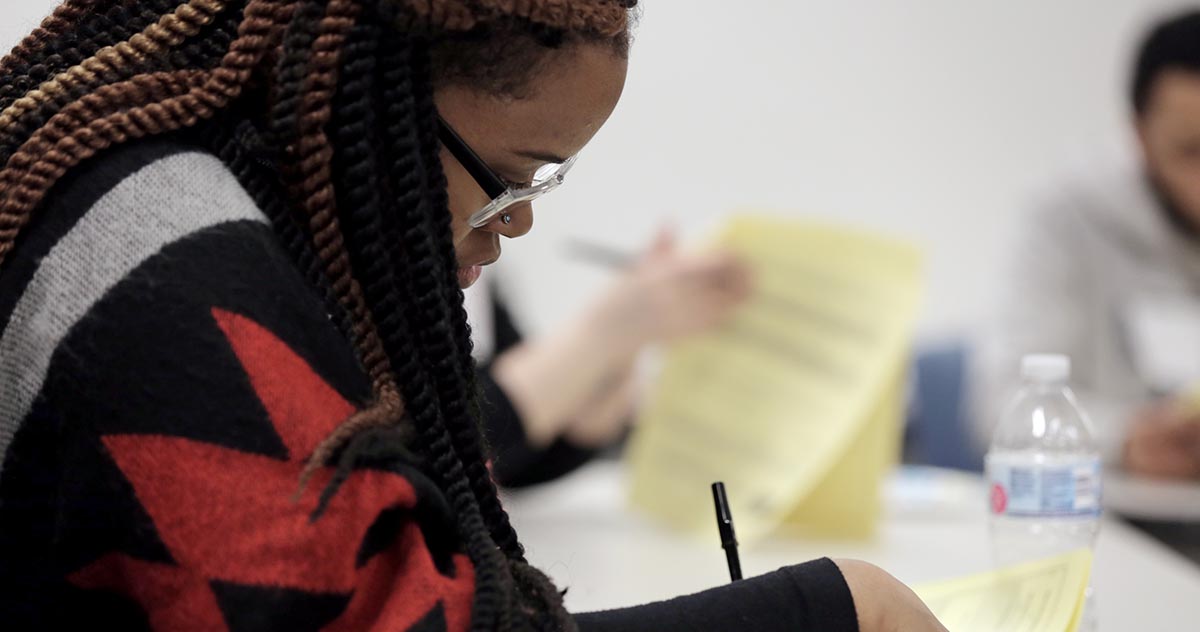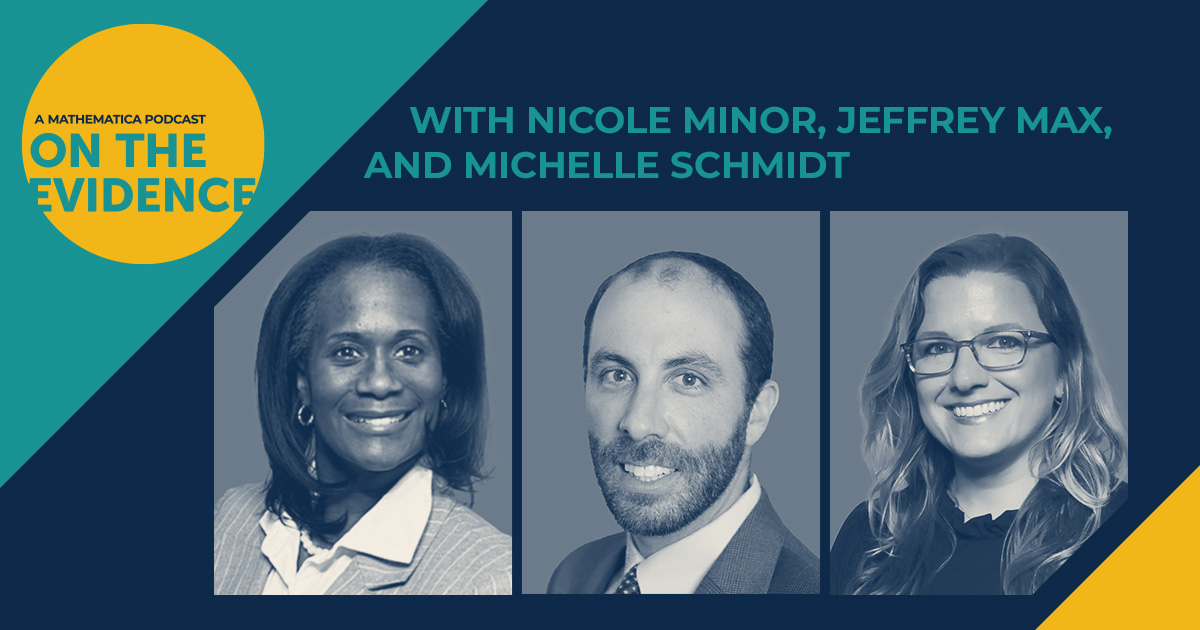
School principals wear many hats. On any given day, they may make decisions about policies and operations, coach teachers on instruction, meet with parents on a student’s academic progress, or handle a disciplinary incident. They help shape the school environment in ways that either support or hinder learning. Although they do not (typically) teach students themselves, they have substantial effects on student outcomes.
The nature of a principal’s job presents two challenges to evaluation. First, it can take time before principals’ actions can affect student outcomes. Evaluation systems that rely heavily on test scores to assess principals annually are likely to miss important actions principals take to build a foundation for student success. These actions could include reducing teacher turnover, supporting teacher development, and shaping school culture. As a result, it isn’t surprising that research indicates that even if we successfully measure a school’s “value added” (its contribution to student achievement), that measure tells us almost nothing about the principal’s contribution.
Second, a principal’s professional practice is hard to observe systematically. Evaluations typically try to capture components of principals’ leadership directly with formal observations and supervisor reviews. But supervisors visit infrequently, and, as a result, may find it challenging to understand how principals operate on a daily basis, particularly given the day-to-day variation in principals’ work.
Incorporating teachers’ voices into evaluation systems can help address both challenges. Teachers work in schools every day; they are familiar with the culture and observe principals’ actions frequently. Their perspectives can complement supervisors’ reviews in the evaluation system. Some states such as Massachusetts and Minnesota have already developed their own surveys to incorporate teacher input and use them in principal evaluation. In addition, schools and districts across the country are using staff surveys to hear teachers’ perspectives and could potentially also use them in the principal evaluation system. Teacher views of school climate have been shown to be related to student achievement growth.
The District of Columbia Public Schools partnered with the Regional Educational Laboratory Mid-Atlantic to study whether its existing staff surveys could be useful to include in the district’s principal evaluation system. The study first set out to understand whether the results of the teacher survey assessing instructional culture differed across schools and, if so, whether the differences might be due to principals. The survey measures topics such as leadership, academic opportunity, professional development, learning environment, and school operations.
We found meaningful differences between schools in how teachers rated the instructional culture. After examining whether teacher responses to the instructional culture survey differed after the school principal changed, we found large, immediate shifts in teacher responses. These results suggest that principals do affect teacher perceptions of their school’s instructional culture. The changes were much larger than the changes in the proportion of students scoring proficient on standardized tests, suggesting that principals have more immediate effects on instructional culture than on student achievement.
We also found small or moderate correlations between teacher survey responses on the instructional culture survey and scores on supervisor observations of principals. These correlations were stronger for the supervisor observation component of the evaluation than the component based on student outcomes. This suggests that teacher surveys capture constructs related to the supervisor observation and incorporating them into the evaluation system can help strengthen reliability.
Principals may be concerned about using teacher surveys in evaluations in part because they sometimes need to take actions that they believe will help students but could disappoint teachers. To help address this concern, districts could, for example, give teacher surveys less weight for new principals in turnaround schools than for established principals in stable schools. Incorporating teacher surveys without attaching formal stakes may be another effective approach. For instance, supervisors could review teacher feedback on principal performance and co-develop performance goals with principals. Because teachers may be concerned about anonymity when providing responses, district staff may need to clearly commit to sharing results only at an aggregate level for a school.
Despite the challenges, research suggests that incorporating both teacher and principal feedback into evaluation systems can help improve principal leadership, particularly teacher–principal trust and principals’ instructional leadership. Districts considering incorporating teachers’ voices into principal evaluation systems should engage with all stakeholders, including teachers, principals, and supervisors, to understand their concerns and assess their buy-in before implementing changes.
Cross-posted from the REL Mid-Atlantic website.



